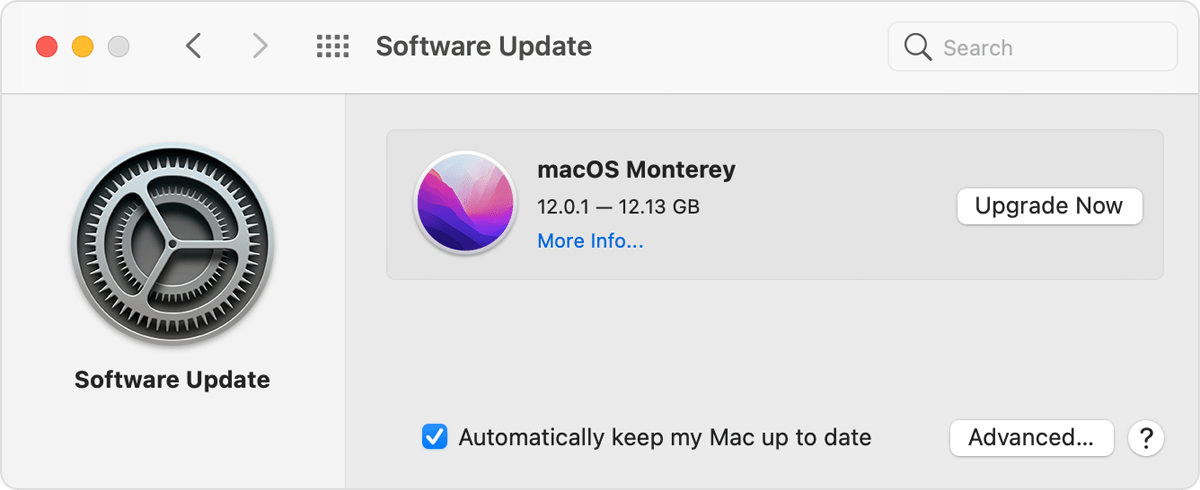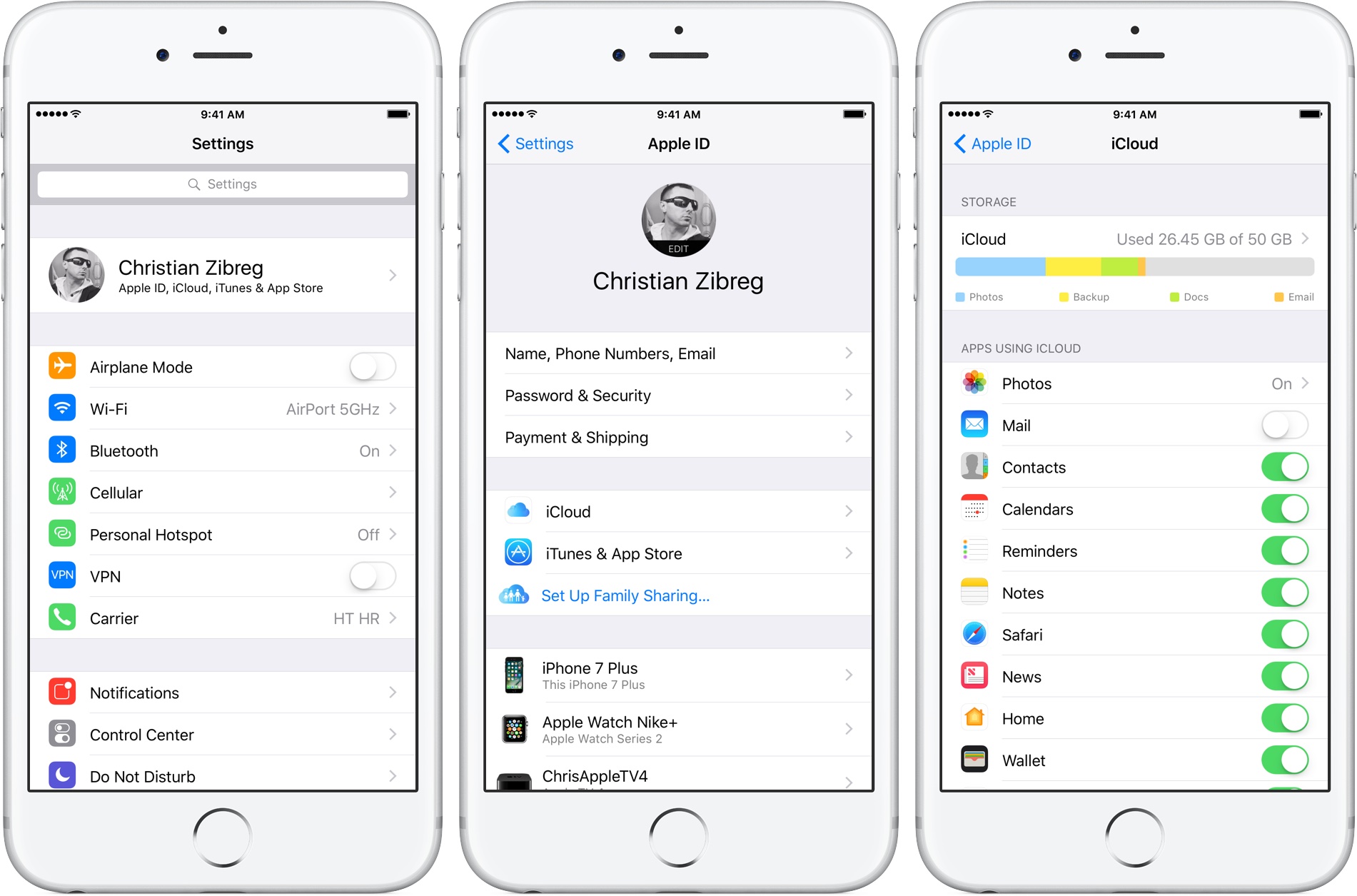

Problem 2: The update couldn’t be downloaded Always check if your device is supported by Mojave, Catalina, Big Sur, or other macOS versions before updating.
Usual installation problems across different versions of macOS could be:Īs stated before, newer versions of macOS do not support really old Mac devices. Why Mac Won’t Update to Newer Versions of macOS Doing so may corrupt the installation files and your current system files. Make sure not to use your computer, put it to sleep, or close it slid during the installation process. Click Continue and follow the instructions and let it complete the process. Alternatively, you can type “macOS ” on the App Store if you wish to install a specific macOS version on your device.Īfter the download completes, the installer will open automatically.

This will download the latest version of macOS to your device. If Apple still supports your device, you can directly update your device from the About This Mac window by clicking “Software Update.” Updating your Mac to the newest macOS versions Note: If you are using an older device, it will show that your system is called “OS X” (OS X 10.11 El Capitan is the latest) instead of “macOS” (starting from macOS 10.12 Sierra onwards). To know which version of macOS you are using, click the Apple icon at the top left corner of your screen and select About This Mac.Ī Window will appear showing the version of macOS running on your device. But first, know which version of macOS your device is running. Usually, macOS automatically updates itself once the software is rolled out to its users. Does Apple still support your version of macOS? If you see that your Mac is older than mentioned above, you definitely can’t expect to update your device to newer macOS versions.


 0 kommentar(er)
0 kommentar(er)
